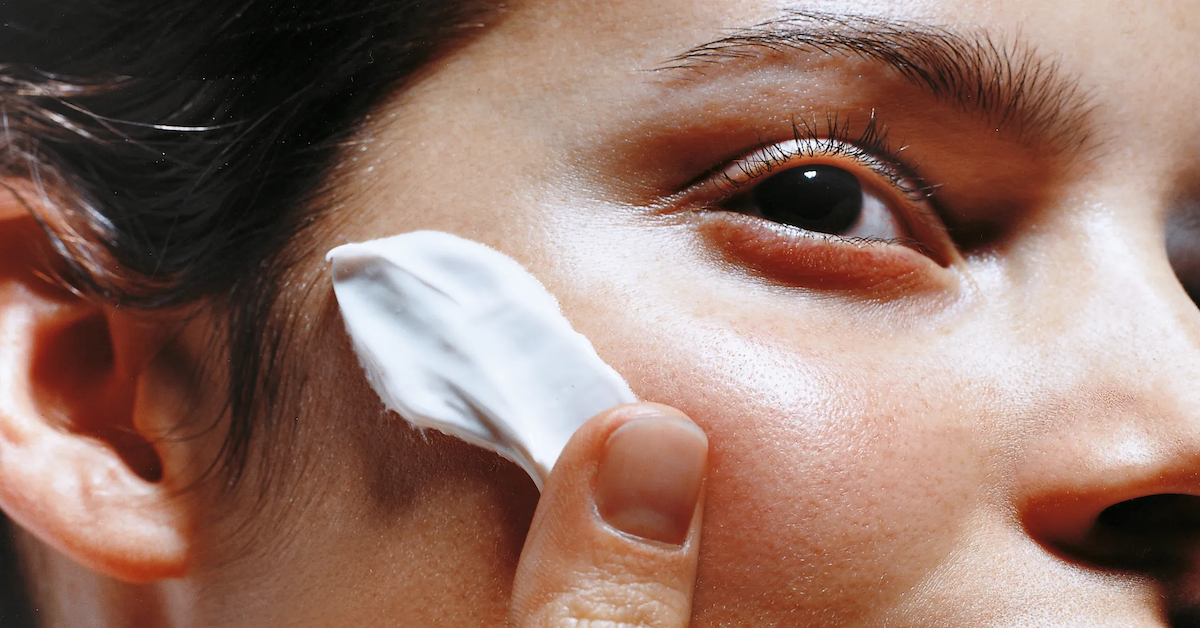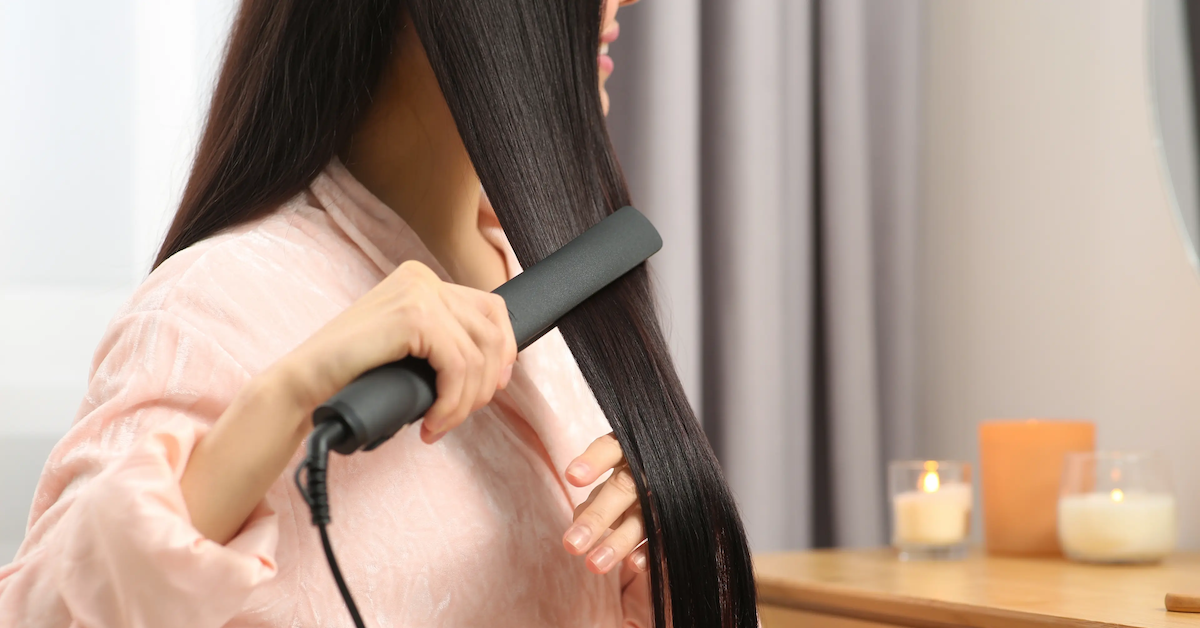How Can Teens Keep Their Skin Healthy During the Cold Months?
Winter brings more than just cozy sweaters and hot chocolate—it also brings changes to the skin. For teens, dealing with cold weather can mean dryness, irritation, and even breakouts. The mix of harsh outdoor air and indoor heating strips moisture from the skin, making it harder to maintain a clear, healthy complexion. But with the right approach, winter skincare doesn’t have to be complicated. A few simple changes can help keep your skin hydrated, balanced, and protected all season long.

Understanding How Winter Affects Teen Skin
The colder months bring lower humidity, which makes the air drier. This lack of moisture pulls hydration from the skin, leading to flakiness, tightness, and irritation. At the same time, indoor heating systems create an artificial dryness that further depletes the skin’s natural moisture barrier. Some teens might also experience increased oil production as the skin tries to compensate for dryness, which can lead to unexpected winter breakouts. Understanding these changes is the first step toward making adjustments that keep your skin looking and feeling its best.
Choosing the Right Cleanser for Winter
Cleansing is an important step in any skincare routine, but the type of cleanser you use matters, especially in colder months. Many foaming or acne-fighting cleansers contain ingredients that can be too harsh during winter, stripping away essential oils and leaving the skin feeling raw. Instead, switching to a hydrating, cream-based cleanser helps maintain moisture while still keeping the skin clean. If your skin tends to be oily, look for a gentle, non-drying gel cleanser that removes excess oil without causing irritation.
Moisturizing for Hydration and Protection
Moisturizing becomes even more important in winter, and skipping this step can lead to dryness and irritation. The trick is choosing the right kind of moisturizer based on your skin type. Lightweight gel moisturizers work well for oily or acne-prone skin, while richer, cream-based options help those with drier complexions. Ingredients like hyaluronic acid, ceramides, and glycerin are great for locking in moisture without feeling heavy or greasy. Applying moisturizer right after washing your face helps trap hydration, preventing dryness before it starts.
Sun Protection Is Still Important
Many people think sunscreen is only necessary in summer, but UV rays don’t take a break when the temperature drops. In fact, snow and ice can reflect sunlight, increasing exposure and the risk of skin damage. Even on cloudy days, harmful rays can penetrate the skin, contributing to premature aging and hyperpigmentation. Choosing a lightweight, oil-free sunscreen with at least SPF 30 ensures year-round protection without clogging pores.
Managing Breakouts and Acne in Cold Weather
Acne doesn’t go away just because it’s winter. In fact, some teens find their breakouts worsen due to the combination of dryness and excess oil production. Using gentle, non-drying treatments like salicylic acid or benzoyl peroxide in moderation can help keep breakouts under control. Overusing acne products, however, can make dryness worse, so it’s best to balance acne treatment with hydration. Spot treatments work well for occasional breakouts, and using a hydrating, oil-free moisturizer can prevent the skin from overproducing oil in response to dryness.
Lip and Hand Care for Winter Protection
The skin on the lips and hands is thinner and more sensitive, making these areas particularly vulnerable to cold weather. Chapped lips can become painful if not cared for properly. Using a nourishing lip balm with ingredients like shea butter, beeswax, or coconut oil helps keep lips soft and hydrated. It’s best to avoid flavored or heavily scented lip balms, as they can sometimes cause irritation.
Hands also take a beating in winter, especially with frequent washing and exposure to cold air. A thick, fragrance-free hand cream provides relief from dryness and cracking. Wearing gloves outdoors helps protect against the harsh elements, keeping hands smooth and comfortable.
Staying Hydrated and Eating Skin-Friendly Foods
Skincare isn’t just about what you put on your skin—it’s also about what you put into your body. Drinking enough water helps keep the skin hydrated from the inside out, even if it doesn’t feel as necessary in winter as it does in summer. Eating foods rich in omega-3 fatty acids, antioxidants, and vitamins supports overall skin health. Avocados, nuts, fish, and leafy greens all provide nutrients that help maintain a clear and glowing complexion. Cutting back on sugary drinks and processed foods can also help reduce breakouts and inflammation.
Adjusting Shower Habits to Prevent Dry Skin
Taking long, hot showers feels great on a cold day, but it can actually make dryness worse. Hot water strips the skin of its natural oils, leading to irritation and flakiness. Switching to lukewarm showers and limiting the time spent in the water can prevent excessive moisture loss. Applying moisturizer immediately after stepping out of the shower helps lock in hydration and keeps the skin from becoming overly dry.
Conclusion
Winter skincare doesn’t have to be complicated. By making small adjustments, like switching to a hydrating cleanser, using a moisturizer suited to your skin type, and staying consistent with sunscreen, you can keep your skin looking and feeling great all season. Remember to pay attention to the little things—like protecting your lips, hands, and overall hydration levels—so your skin stays healthy despite the colder weather.
At ROSS's in Highland Park, we believe that great skincare starts with the right products and habits. Taking care of your skin in winter is just as important as in summer, and with the right approach, you can keep it smooth, clear, and hydrated all year round.























